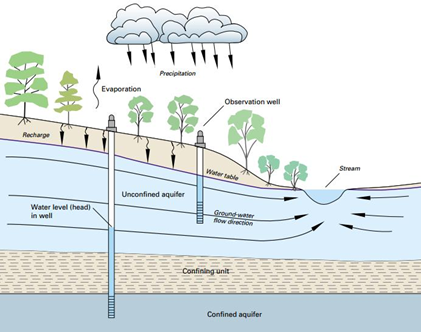Share:
OVERVIEW

Many technologies are available to assist in conducting cost effective site investigation, characterization, and monitoring efforts. Through the application of new technologies, several innovative practices for site investigation and cleanup have emerged over the years. These practices incorporate systematic project planning, dynamic work strategies and the use of real-time measurement technologies to accelerate and improve the cleanup process by reducing costs, improving decision certainty, and expediting site redevelopment.
For example, effective systematic planning of the investigation can result in lower overall project costs, while dynamic work strategies can save time and reduce or eliminate the need for multiple mobilizations to a site to complete investigations. Successful site characterization projects rely on environmental data that accurately represent actual site conditions and result in a robust conceptual site model (CSM) of observed conditions. This, in turn, helps to reduce uncertainty about the site conditions and support robust site cleanup decisions.
These tools and methods increase sampling density and precision by enabling lower per-measurement costs than sole reliance on conventional sampling and laboratory analysis methods. In addition, they can also increase the quality and value of conventionally derived data by ensuring that samples are collected from the appropriate locations, thereby increasing the representativeness of those samples. Project teams can use data collected with field-based methods to make timely decisions rather than waiting for laboratory results and formal project report generation which can take weeks to months.
Reducing uncertainties in the CSM can be accomplished with the implementation of high-resolution site characterization (HRSC) strategies and techniques using scale appropriate measurements and sample density to define contaminant distributions and placement with greater certainty.
WHY GROUND WATER CHARACTERIZATION AND MONITORING MATTERS
While we have made strides in understanding how groundwater/surface water systems work, our ability to characterize how our human activities affect the many natural processes and interactions inherent to specific systems has been constrained. This is primarily due to the lack of long-term sustained support and funding for ground water quality and quantity data collection, analysis, research and development trends, and information dissemination.
From the Ground Water Report to the Nation
Groundwater Characterization – Summary Sheet : Full Chapter